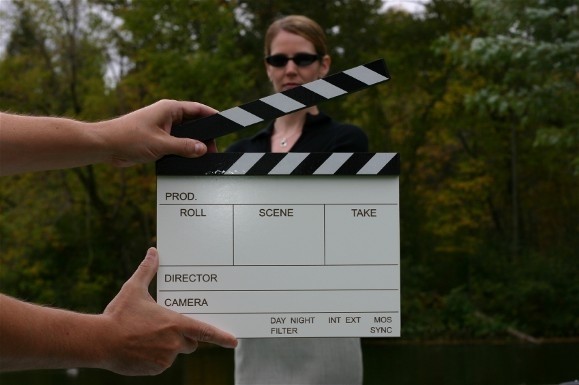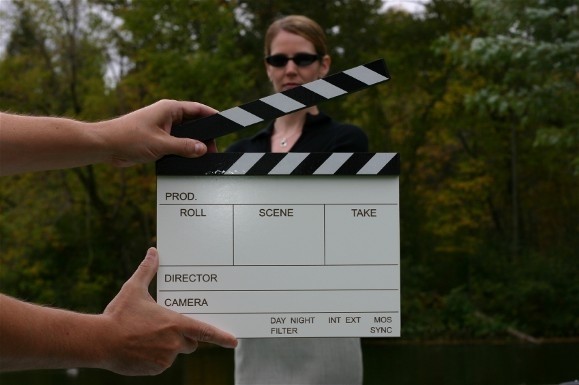What is a Character Actor vs. a Lead Actor?
(By Tonya Tannenbaum)

In the world of acting, two key types of performers play essential roles in bringing stories to life: character actors and lead actors. While both contribute their unique skills to film, television, and theater, they serve distinct functions in storytelling. Understanding the differences—and the interplay between them—can deepen our appreciation for the craft of acting.
The Lead Actor: The Star of the Story
A lead actor is the central figure in a story, often portraying the protagonist or main character. Their role is to drive the narrative, capture the audience’s empathy, and serve as the anchor for the story’s emotional journey.
Characteristics of a Lead Actor:
- Focus of the Narrative
The story typically revolves around the lead actor’s character, their challenges, growth, and ultimate resolution. - Broad Appeal
Lead actors are often chosen for their charisma and ability to connect with audiences on a universal level. They frequently embody traits like heroism, relatability, or romantic allure. - Screen or Stage Time
Leads dominate the runtime, appearing in most scenes and guiding the story’s progression. - Star Power
Lead actors are often cast with audience recognition in mind, and they are frequently billed as the “face” of the production.
Examples of Famous Lead Actors:
- Leonardo DiCaprio in Titanic and The Revenant
- Meryl Streep in The Devil Wears Prada and Sophie’s Choice
- Denzel Washington in Training Day and Fences
The Character Actor: The Scene-Stealer
A character actor, by contrast, is a performer who specializes in portraying distinctive, often supporting roles. These actors may not be the central focus of the story, but they create memorable, nuanced characters that enrich the narrative.
Characteristics of a Character Actor:
- Versatility
Character actors transform themselves into a wide variety of roles, often adopting unique physical traits, voices, or mannerisms. - Supportive Roles
While not the focus of the story, they add depth, humor, conflict, or tension that enhances the lead’s journey. - Memorability
Character actors often leave a lasting impression with their performances, even in smaller roles. Their unique portrayals can become iconic moments in a production. - Less Glamour, More Grit
Unlike leads, character actors are not typically cast for their looks or star power but for their ability to disappear into roles.
Examples of Famous Character Actors:
- Kathy Bates in Misery and Fried Green Tomatoes
- Stanley Tucci in The Hunger Games and The Devil Wears Prada
- John C. Reilly in Chicago and Step Brothers
Comparing Lead Actors and Character Actors
| Aspect | Lead Actor | Character Actor |
|---|---|---|
| Narrative Role | Central figure driving the story | Supporting figure adding depth to the story |
| Screen/Stage Time | Dominates the majority of the runtime | Appears in select, often impactful moments |
| Casting | Chosen for star appeal and charisma | Chosen for versatility and uniqueness |
| Recognition | Often a household name | Often recognized by face, less by name |
| Performance Style | Often consistent with audience expectations | Frequently transformative and unpredictable |
Why Both Are Essential to Storytelling
While lead actors carry the emotional weight of the story, character actors provide the essential textures that make the story feel authentic and multidimensional. A compelling narrative often relies on the chemistry between these two types of performers. For example, in The Dark Knight, Christian Bale (lead actor as Batman) delivers a powerful portrayal of the hero, while Heath Ledger (character actor as the Joker) steals the spotlight with a transformative and haunting performance. Together, they create a dynamic that elevates the film.
Blurring the Lines
In some cases, actors transition between being a lead and a character actor, demonstrating their range. For example, Tom Hanks has played both leads (Forrest Gump) and quirky, supportive characters (A League of Their Own). Similarly, Philip Seymour Hoffman alternated between leading roles (Capote) and unforgettable supporting ones (The Big Lebowski).
Both lead and character actors are indispensable in storytelling. Lead actors guide audiences through the heart of the story, while character actors breathe life into the world around them. Whether they are center stage or in the background, both types of performers contribute to creating the rich, engaging narratives that captivate us.




